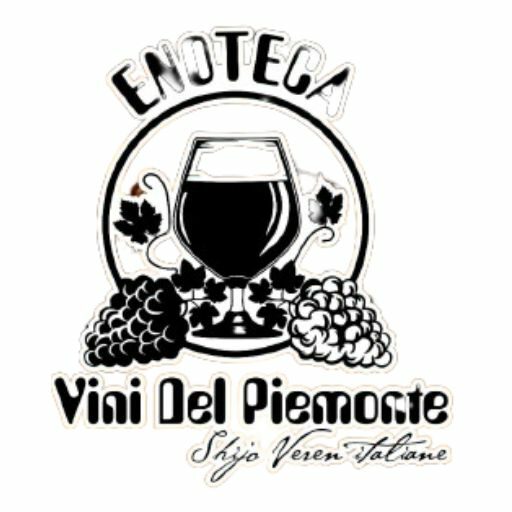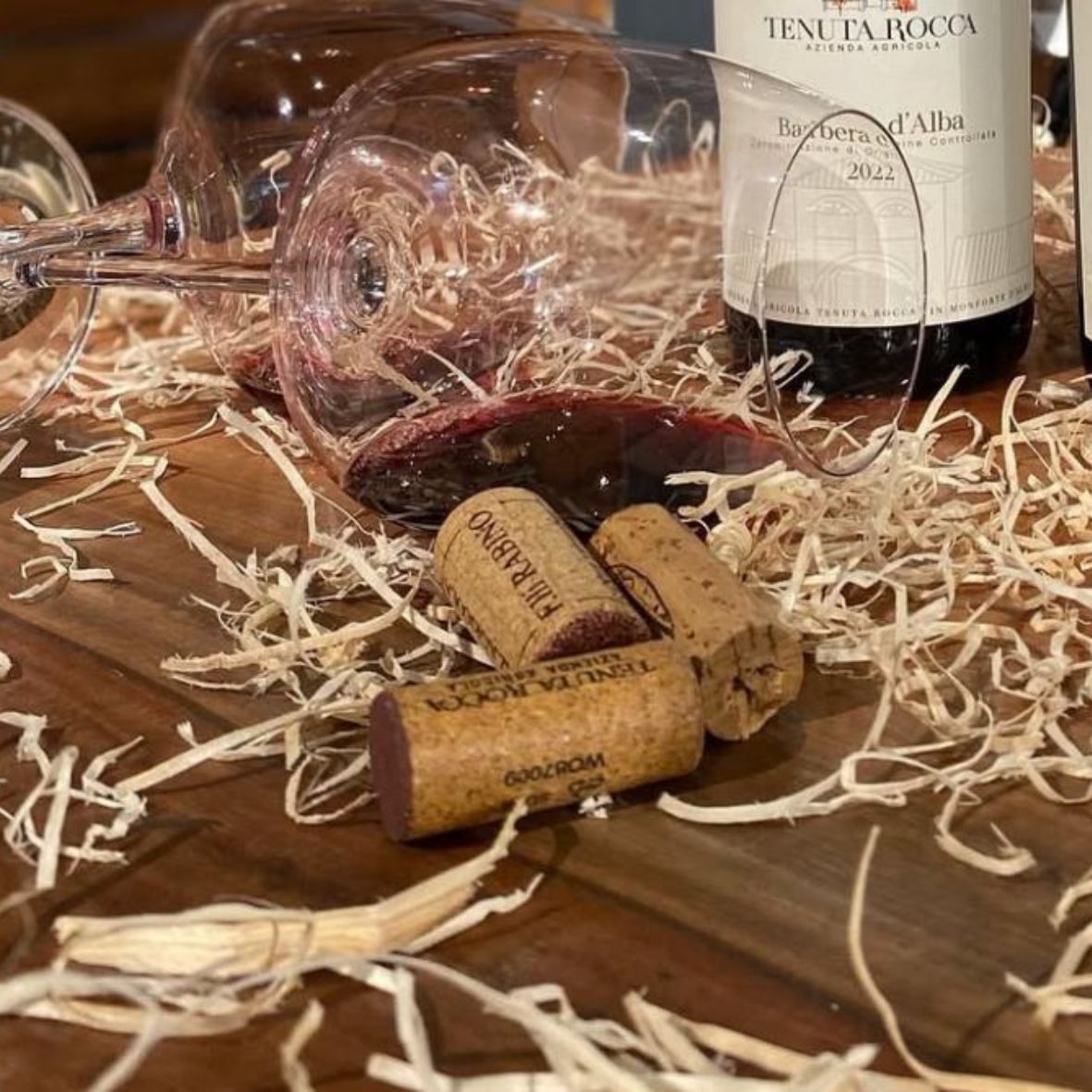Small Details, Big Differences
When we think of a wine bottle, we often focus on the label, the shape of the bottle, or the color of the wine itself. Yet there’s a fundamental element that plays a key role in preservation, aging, and even presentation: the closure. In this article, we explore the different types of wine bottle closures, the materials used, their functional and aesthetic characteristics, and some historical curiosities that make this small object a silent but essential protagonist.
Types of Wine Bottle Closures
1. Natural Cork
The most traditional and iconic. Made from the bark of the cork oak tree, it’s prized for its ability to let the wine breathe, promoting bottle aging. Ideal for wines meant to mature, such as many Barolo and Barbaresco.
2. Technical Cork (Agglomerated Cork)
Made from pressed and glued natural cork granules. Less expensive than whole cork, it’s often used for wines intended for early consumption. It maintains good sealing and breathability properties.
3. Synthetic Cork
Made from plastic or expanded polymer materials. Completely avoids the risk of TCA contamination (“cork taint”) and is widely used in international markets and for young wines.
4. Screw Cap
Popular in Anglo-Saxon countries, it ensures a perfect airtight seal and ease of use. Increasingly adopted in Italy as well, especially for fresh whites like Arneis or Chardonnay.
5. Glass Closure
Innovative and reusable, combining elegance and functionality. Provides an airtight seal with no impact on the wine’s flavor. Ideal for special occasions or niche productions.
6. Sparkling Wine Closures
Characterized by a mushroom shape and a metal cage (muselet), they are designed to withstand the internal pressure of the bubbles. Essential for wines like Alta Langa DOCG.
Materials and Customizations
Many wineries personalize their closures with logos, brands, or dates, turning them into real tools of communication. Some producers choose FSC-certified corks, while others use colored stoppers or laser engravings, strengthening their brand identity.
Historical Curiosities
- Cork closures were introduced on a large scale in the 17th century, replacing wooden and cloth seals.
- According to legend, it was Dom Pérignon, a Benedictine monk, who introduced cork stoppers for sealing Champagne bottles.
- The screw cap was invented in the 1950s but only gained popularity in recent decades.
Which Closure Is Best?
There is no universally “best” closure: it all depends on the type of wine, the producer’s philosophy, and the bottle’s purpose. A wine meant for aging will require a high-quality natural cork, while a young white can benefit from the convenience of a screw cap.
Conclusion
A wine closure is much more than just a seal: it’s a guardian of the wine, an ally of quality, and often a distinctive element of a winery’s identity. Visit our wine shop to discover not only the best Piedmontese wines, but also the details that make them truly unique—closure included!

